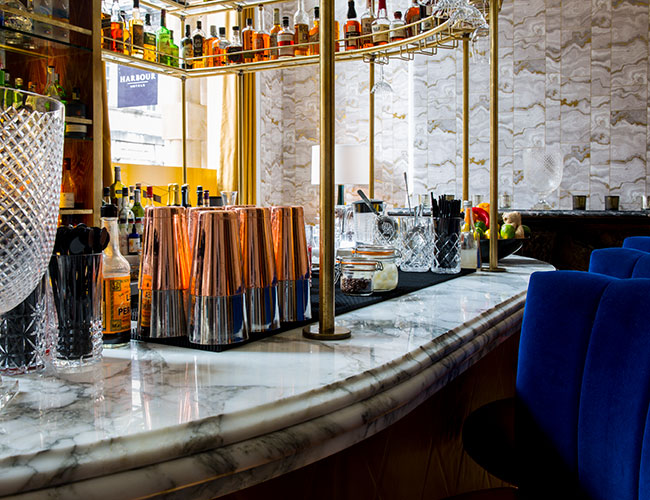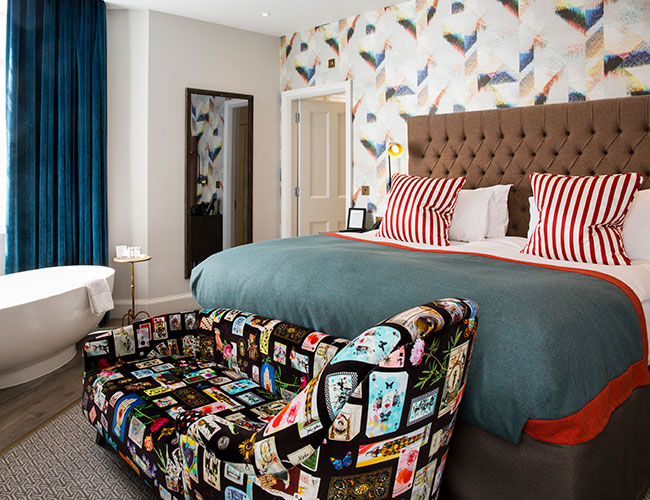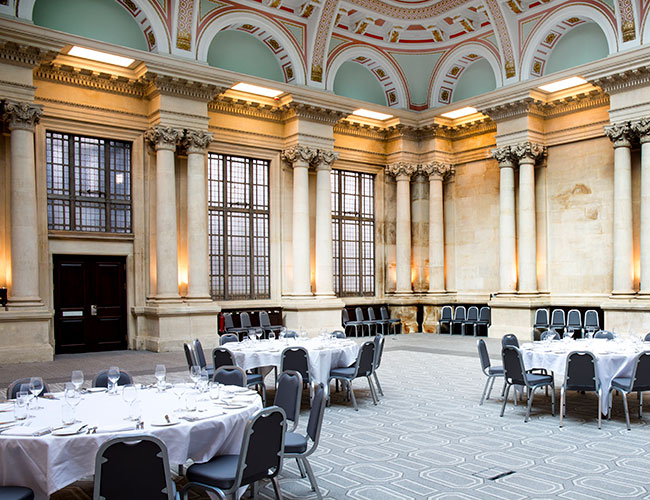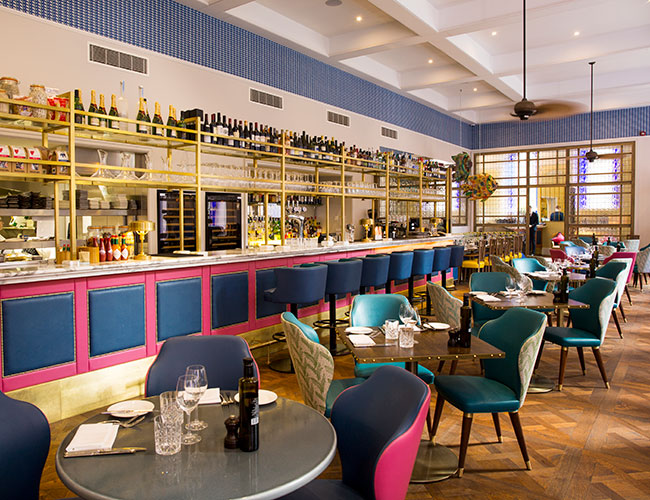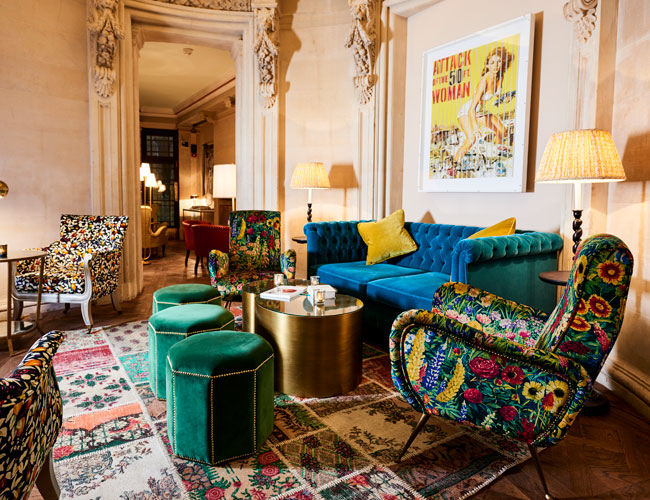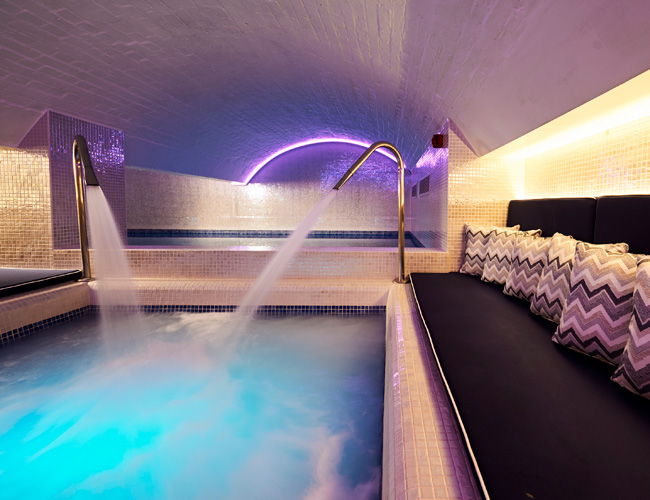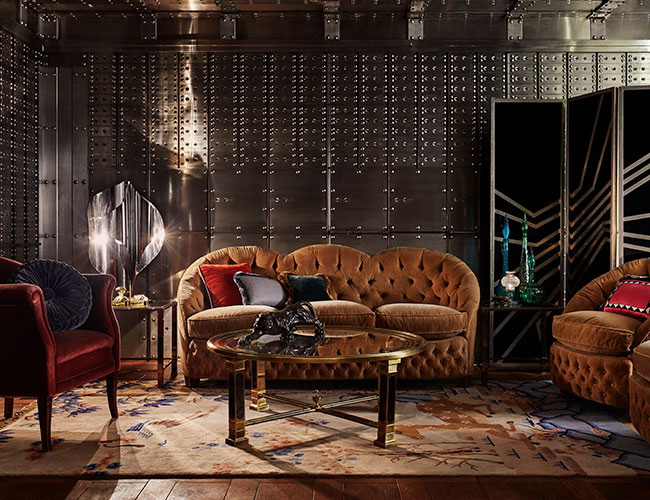Gold standard: we take a look at the Bristol Harbour Hotel & Spa
With its lofty halls, quirky vaults and masses of impressive architectural features, the newly opened Bristol Harbour Hotel & Spa is cashing in on the fact that it once housed two banks. Janet Harmer takes a peek and explores other hotels offering more bank for your buck
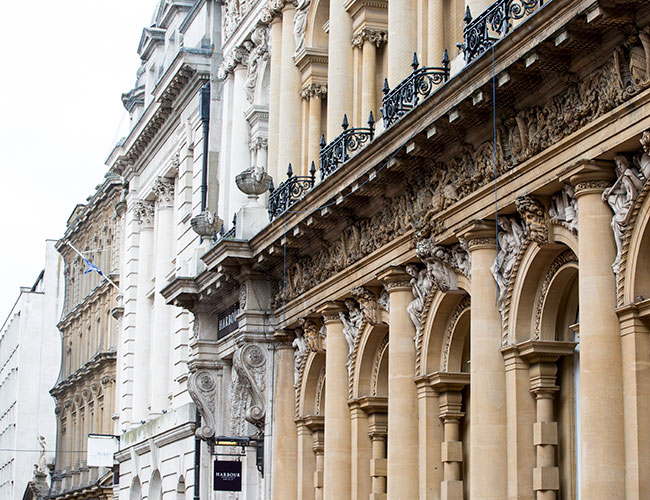
âThe banks were built during a period of prosperity in Bristolâs history, some 170 or so years ago,â he says. âThe beautiful architecture demonstrated the banksâ wealth, which was used to attract prosperous clients. If you were to recreate these two buildings today, it would probably cost £35m-£40m.â
The big bank theory
Banks built during the Victorian and Edwardian eras lend themselves well to being transformed into social spaces for events, particularly weddings. In the case of the Bristol Harbour Hotel, renowned architect William Bruce Gingell was inspired by Jacopo Sansovinoâs 16th century Library of St Mark in the Piazzetta, Venice, to create a space that is now used for functions for up to 320 guests.
âAnother major benefit of working with these two majestic buildings is that they have been established for many years as significant landmarks in Bristol, so they are well known among city residents,â says Warren. âThere was a great deal of curiosity about what we were doing, with many locals keen to see the results of the refurbishment.â
âWe made some enquiries and discovered that the Lloyds property was about to be snapped up by a national restaurant chain on a long lease,â says Warren. âWe realised the potential of the two properties together was huge and, fortunately, we secured both.â
However, the company took a calculated risk: at the point it became committed to both properties there was still uncertainty as to whether the two buildings could be joined. âIt was very satisfying when we got the planning permission to knock through,â says Warren.
Harbour Hotels is now believed to be one of only two groups, alongside the Pig, which has four properties signed up to Mr & Mrs Smith. Its hotels in Brighton, Salcombe, Sidmouth and now Bristol all benefit significantly from the association.
However, while cities are where Harbour Hotels definitely wants to make its mark long-term, the immediate future will see the company launch its next three hotels on the coast: in Southampton, Salcombe and Torquay. The 76-bedroom, new-build hotel in Southampton resembles a superyacht, and will open on the waterfront at the Ocean Village Marina later this year. The £25m property is being developed in a joint venture with MDL Marinas.
After acquiring the 35-bedroom Tides Reach hotel on South Sands in Salcombe, Devon, in 2015, Harbour Hotels is set to redevelop it to become its second hotel in the town, alongside the 50-bedroom Salcombe Harbour Hotel & Spa. The group will create a new 40-bedroom wing at the hotel, alongside developing 10 apartments within the existing building, and aims to relaunch the hotel at the end of 2018.
The following year (2019) will see the opening of a 60-bedroom hotel, alongside 43 luxury apartments, on the harbour in Torquay, Devon. A Grade II-listed pavilion will house the reception, restaurants, bars, function rooms and a spa, alongside a new bedroom building.
Bristol Harbour Hotel & Spa 55 Corn Street, Bristol BS1 1HT 0844 8111103 www.bristol-harbour-hotel.co.uk
Owner and operator Harbour Hotels Group
Managing director Mike Warren
General manager Grant Callaghan
Bedrooms 42
Facilities Jetty restaurant (84 covers); Gold bar; Sansovino Hall event space (up to 320 guests); spa with six treatment rooms
Occupancy 85%
Average room rate £145
Revpar £110
Sister properties Hotels: Brighton, Chichester, Christchurch, Kings Arms (Christchurch), Guildford, Salcombe, Sidmouth and St Ives. Event venues: Froyle Park, Hampshire; and Northbrook Park, Surrey
Pipeline properties Southampton, Salcombe (Tides Reach) and Torquay
Banking on hotels When it comes to searching for a heritage property in which to develop a distinctive hotel, owners and operators cannot fail â" with a sympathetic restoration â" to impress with the right, former bank building.
The rationalisation of the banking industry since the 1980s, when the number of bank buildings in the UK at the end of that decade amounted to nearly 18,000, has provided many an opportunity to snap up properties ripe for hotel conversions. By 2015, the number of bank buildings had shrunk to 9,500, and, according to a study by Swiss bank UBS, a further 50% will close over the next 10 years.
Not all of these properties are suitable for conversion, but ones in major city centres often have lofty ceilings and intriguing vaults, providing a wonderful canvas for a hotel owner with imagination.
Carine Bonnejean, head of consultancy â" hotels at property company Christie & Co, said: âMany banks are well located, enjoy good visibility and possess a certain grandeur that is ideal for hotel conversion, particularly at the luxury end of the market. As there are restricted development opportunities in many city centres, these types of buildings are often a great option for conversions.
Martin Rogers, director of Savills, agrees: âThe older banks are full of character, which adds to the hotel experience, and are particularly attractive to offshore purchases, especially those from the Far East,â he says.
Conversions include properties as small as the 12-bedroom Bank House in Kingâs Lynn, Norfolk, located within a Grade II-listed 18th century building. Then there is the 42-bedroom Old Bank hotel in Oxford, converted from former Barclays Grade II and Grade II*-listed properties.
Architect Sir Edwin Lutyens was responsible for two of the UKâs most imposing bank buildings that have gone on to be developed into two impressive hotels. In King Street, Manchester, a castle-like Art Deco property, designed by Lutyens in 1928 â" once occupied by Midland Bank â" opened in 2015 as the 60-bedroom Hotel Gotham, operated by Bespoke Hotels.
Next month will see the opening of the Ned in London, comprising 252 bedrooms and nine restaurants, at 27 Poultry, a Grade I-listed building which once housed the headquarters of the Midland Bank. It is being created by Soho House & Co in partnership with US hotel owner and developer Sydell Group.
Seven of the Nedâs F&B spaces will be in the buildingâs impressive former banking hall, featuring 92 green verdite marble columns and walnut panelling originally used as counters. And deep in the basement, the bank vaults will accommodate the Vault Bar and Lounge, with the walls lined with more than 3,000 safety deposit boxes, behind the 20-tonne, two-metre vault doors.
And finally, two years from now will see the arrival of the Principal brand of urban lifestyle hotels in Liverpool, in the Grade II-listed former Martinâs Bank building, which was occupied by Barclayâs until 2009. David Taylor, chief operating officer of Principal, said the property has âa fantastic history, having secretly held the majority of the UKâs gold reserve during the Second World Warâ.
See here for the inside story of the creation of the Ned >>



